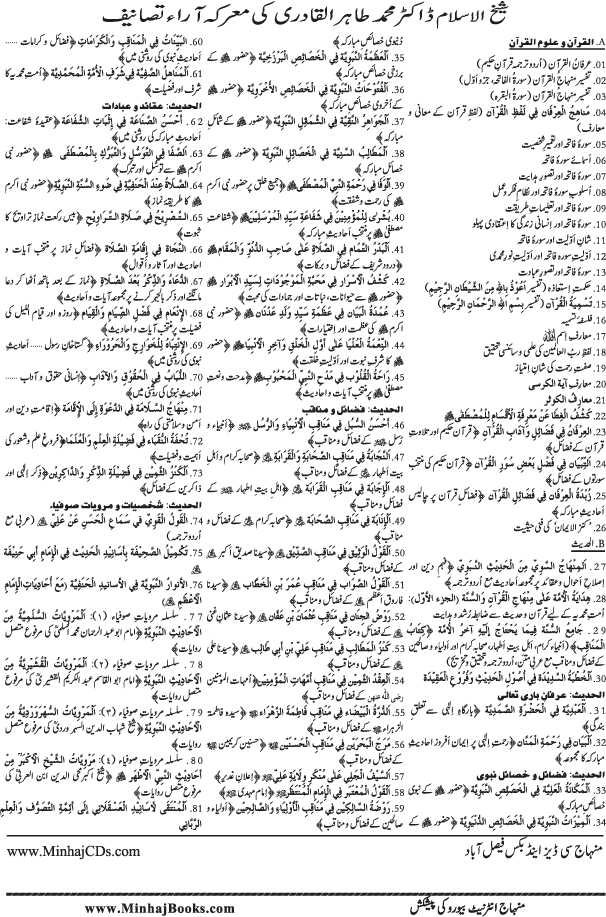Are you tired of deciphering the digital alphabet soup that is UTF-8? Understanding and correctly implementing UTF-8 is critical for ensuring your online content is displayed correctly, especially when dealing with a global audience and diverse character sets.
UTF-8, a variable-width character encoding system, is the backbone of modern web communication. It’s designed to encode the vast expanse of Unicode, allowing for the representation of practically every character from every language on the planet. Created by the minds of Ken Thompson and Rob Pike, UTF-8 has become an indispensable tool for developers and content creators worldwide. The encoding's versatility lies in its ability to use one to four 8-bit bytes to represent the 1,112,064 valid code points in Unicode.
Imagine trying to share information across the globe, but your messages are garbled, filled with strange symbols instead of the intended words. That’s the frustrating reality of not properly handling character encoding. Whether you're building a website, working with databases, or simply exchanging text files, understanding UTF-8 is paramount to avoid these issues. Consider the scenario where Arabic words appear as a jumble of incomprehensible characters, a problem often encountered by those working with MySQL databases. This is a clear indication of encoding mismatch. The same goes for Arabic text (.sql pure text), often displayed with strange characters, a problem that hinders readability and communication. The failure to correctly interpret UTF-8 can transform what should be a seamless exchange of information into a frustrating, unintelligible mess.
The ability to flawlessly translate between languages, ensuring that content is universally accessible, relies heavily on the proper use of UTF-8. When dealing with text from various sources, the significance of proper UTF-8 implementation becomes even more pronounced. If you're translating content from languages like Persian, dealing with the nuances of words, their meanings, and associated synonyms and antonyms, then UTF-8 is critical.
Here's how UTF-8 typically works: a single byte might be used for ASCII characters, while multiple bytes handle more complex characters from languages around the world. This structure provides flexibility and efficiency. It helps manage space and ensures that systems can display text correctly, no matter where it comes from. Furthermore, UTF-8 has become a fundamental standard for online content, guaranteeing that characters from a diverse range of languages are displayed correctly.
The issues of character encoding are not limited to languages using non-Latin scripts. Even with seemingly simple text, problems can arise. For instance, a missing or misconfigured encoding can lead to problems when dealing with special characters, symbols, or diacritics that are essential in many European languages. When characters fail to render, they create communication barriers and diminish the user experience. It's not just about technical compliance; it's about effective communication.
The world of web development is continually evolving, and UTF-8’s importance is only growing. As the internet becomes more global and content creators strive to reach broader audiences, a deep understanding of this encoding system becomes essential. Whether creating websites, developing software, or just sharing documents, embracing UTF-8 allows for seamless communication across various platforms and languages. The continued adoption of UTF-8 is a testament to its vital role in facilitating a truly interconnected digital world.
Several tools are designed to assist with UTF-8 encoding and decoding. Online UTF-8 decoder tools provide a simple way to check or convert character sets. By using these tools, you can quickly understand whether text is correctly encoded. These tools are particularly handy when troubleshooting and ensuring that your data is displayed as intended. These resources are incredibly useful for resolving encoding issues.
While the intricacies of UTF-8 might seem complex, the fundamental principles are straightforward: Use it consistently, understand its impact, and choose tools that support its proper use. This approach minimizes compatibility issues and ensures that everyone can experience your content as it was intended.
Let's delve deeper into specific examples to clarify the problems that arise when UTF-8 is not properly handled. When developers fail to properly manage character encoding, Arabic words may turn into a stream of unrecognizable symbols. This isn't limited to a single language. If the website is supposed to provide information in multiple languages, issues with character encoding can impact all of them. Correcting these errors might include revisiting database settings, checking the HTML meta tags, and ensuring that the server is configured properly.
The issues that emerge from improper UTF-8 handling are not just technical; they also significantly impact the user experience. Imagine visiting a website and encountering text that is unreadable, or finding that content is completely missing. These issues create barriers for users and damage the credibility of the website. Ensuring correct UTF-8 implementation will make sure your website is readable, reliable, and user-friendly.
In the process of working with character encoding, there are common pitfalls that developers frequently encounter. For example, a lack of proper database configuration can lead to data corruption. In addition, a mismatch between character encoding in your HTML files and your server settings can cause unexpected results. Addressing these problems requires a careful approach, from setting up databases to configuring web servers. Understanding these aspects, combined with the use of diagnostic tools, can help in avoiding character encoding issues.
For those who have faced issues like those described, the value of properly implemented UTF-8 becomes obvious. By understanding this encoding system, developers can ensure that their websites and applications are accessible to users around the globe. It simplifies the process of dealing with diverse character sets, from European languages to those like Persian, fostering a more unified and inclusive digital environment.
Ultimately, UTF-8 is about making the internet more accessible to all, regardless of their language or the devices they use. As the internet becomes more globalized, the importance of this encoding system only increases. For developers, content creators, and anyone working with digital text, mastering UTF-8 is not merely a technical requirement, but a commitment to creating a seamless and globally connected digital environment.



